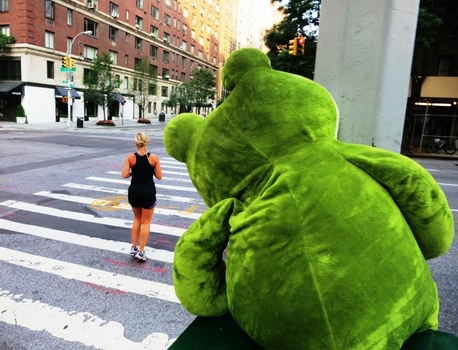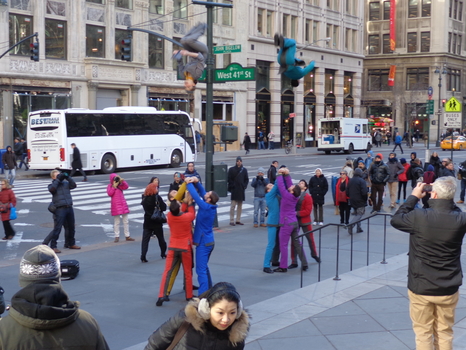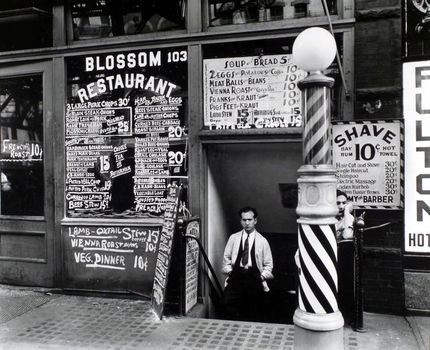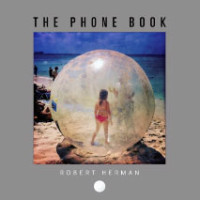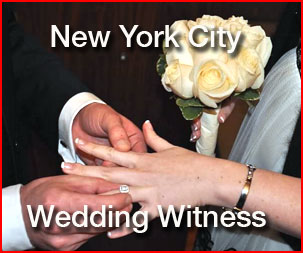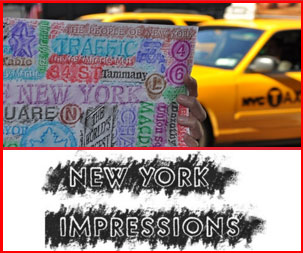The entire world is taking photographs on their phone cameras! Read about NYC Street Photographer Robert Herman as he discusses his newest book – THE PHONE BOOK on Schiffer Publishing. Critics are raving about THE PHONE BOOK and its images taken from around the world on an iPhone. Denise Marsa asks Robert Herman to share about his process of putting together his newest book and how he continues to develop his life-long work and passion, street photography.

Questions:
DM – Which iPhone did you shoot THE PHONE BOOK on? When did you start thinking you’d release a book of your photographs using an iPhone and is that the best phone camera?
RH- I started shooting with the iPhone in 2009 with the 3S. As the technology evolved, I moved up to the 4S and then the 5S. I’m not sure if it is the best camera, but for me it was ideal. It allowed me to shoot on the street and be almost completely invisible, and I felt more comfortable and less self-conscious making pictures. I wanted to be free of having a big camera up to my eye and I wanted to have a camera with me at all times, whether I as traveling or just running an errand.
I began to imagine making a collection of my iPhone images in 2013, when I realized that I had enough strong images to be included in a book. The idea began to take shape when I came up with the title: The Phone Book.
DM- Why did you pick the Hipstamatic app to work with, what features does it have that attracted you? Is it hard to use?
RH- I started shooting with Hipstamatic because back in 2009 it was the only way to shoot with a square format, Instagram hadn’t been invented yet. The iPhone camera app could only shoot rectangles and I was fascinated and challenged by making photos in a 1:1 format. I was starting to feel a bit stale shooting with a Nikon DSLR, It forced me to think about composition in a different way.
DM- Who helped you put the book together, design wise, size, cover, etc and how long did that process take?
RH- I was having dinner with a friend, Nick Phillips of Phink, a designer from the UK, when I mentioned I wanted to do a book of iPhone photos called The Phone Book. When Nick heard the title, he immediately warmed to the idea and started working on it straight away. It was his idea to include the GPS data from the metadata recorded with each image. At first, it seemed a little too much info, but after a while I came around to believing it would add to the enjoyment for the reader… they could look up the coordinates on Google Maps and see exactly where the photo was made. It took about 2 years to complete the design and the sequencing. It went through many iterations until I was satisfied. As we were working on the layout and the design elements, I was continuing to make pictures and these images were incorporated into the final version. I am very careful when laying out a book: each photo on the left hand page has to relate to the photo on the right hand page. And I am very aware that even a book of photos made around the world needs to have a narrative arc, a beginning, a middle and an ending.
DM- Your first book The New Yorkers was self published. What made you decide to find a publisher this time and what was the process like? Did you put together a proposal and a group of photos?
RH- I decided to go with Schiffer Publishing this time, because I wanted to experience working with a publisher, and seeing if their clout in the marketplace would make a difference in terms of placement in the big bookstores, getting reviews and increasing sales.
DM- Both your books are in the MOMA permanent library collection now. How did that happen?
RH- I first became in contact with MoMA when I was self-distributing The New Yorkers. I sent a pdf to the book buyer and he asked to see the hard copy.
After that, it began to sell and he continued to reorder the book. After that, I submitted the book to the photography department curators and asked if they might acquire the New Yorkers for the permanent collection. I am happy to say they agreed. When The Phone Book was published, I repeated the process.
DM- What is the most difficult part of being a street photographer in NYC? How is it different than any other city/ people you \ photograph?
RH- Doing street photography is my joy and my avocation. It is a part of my DNA and I have done it continuously for forty years. The difficulty is always in the editing. Making a coherent edit of only the best photos and creating a context for my work so that it can be understood by a wide audience, takes much thought and detachment.
But as it is the case of any artist, getting your work noticed, appreciated and written about is always a difficult process. It takes years of networking experience to be able to get a body of work in front of the right people.
Making collections like The Phone Book or The New Yorkers has been the most challenging aspect of being a photographer, and at the same it has been the most rewarding.
To purchase THE PHONE BOOK: AMAZON
For more information about Robert Herman please visit: www.RobertHerman.com


